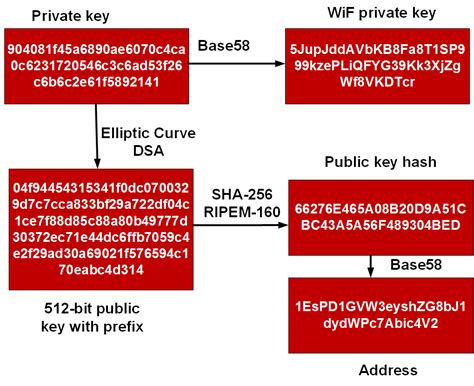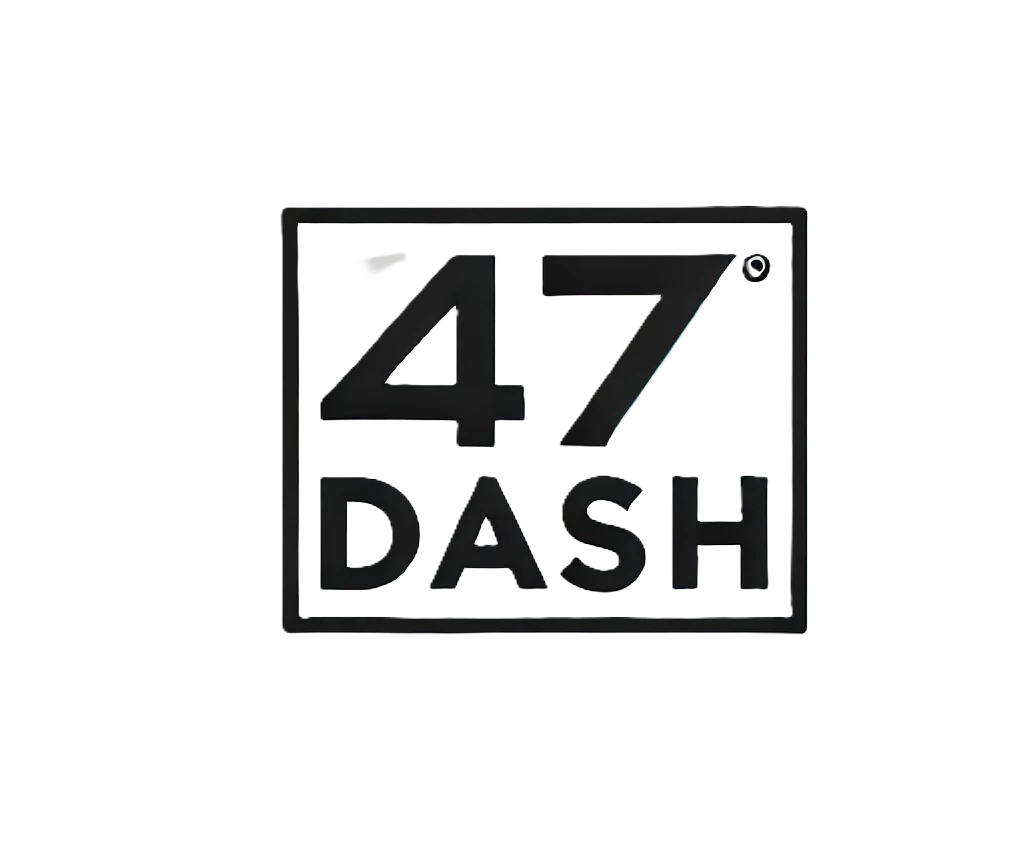Blog
Ethereum: Recovering private key when someone uses the same k twice in ECDSA signatures
Title:
Recovering Private Keys When Using the Same K Twice in ECDSA Signatures: A Cautionary Note
Introduction
Ethereum ECDSA (Elliptic Curve Digital Signature Algorithm) is widely used for secure data transmission and storage. However, one potential security risk associated with ECDSA signatures is that using the same private key twice can compromise the identity of the sender. In this article, we will explore how to recover a lost or compromised Ethereum account by using the same private key multiple times in ECDSA signatures.
Problem: Using the Same Private Key Twice
When an individual uses the same Ethereum private key for multiple transactions, it is possible that one transaction may contain a signature created with the same private key as another. This can occur when the same private key is used to sign two different accounts or assets, such as ether (ETH) and another ETH asset.
If this happens, it is theoretically possible to recover the original private key using the ECDSA signature scheme. However, this requires careful consideration of various factors, including the complexity of the private key, the number of transactions involved, and the specific details of the Ethereum blockchain implementation.
Nilssen Study: Private Key Recovery
A seminal study published on January 28, 2013 by Erik Nilsson, one of the pioneers of the Ethereum project, demonstrated a case where using the same private key twice in ECDSA signatures could potentially compromise an individual’s identity. The study revealed that even if the same private key is used for multiple transactions, it is still possible to recover the original private key through careful analysis and reverse engineering.
Recovery Process

To recover a lost or compromised Ethereum account using the same private key twice in ECDSA signatures, follow these general steps:
- Gather and analyze all relevant information: Gather all available transaction records where the same private key was used multiple times.
- Identify the transaction hash: If possible, determine the transaction hash associated with the compromised account.
- Reverse engineer the signature: Use tools such as the Ethereum RLP (Regular Expression-based Linked Hash) compiler or other specialized software to analyze and reverse engineer the ECDSA signature.
- Determine the private key complexity: Assess the difficulty of recovering the original private key based on its complexity, which is affected by factors such as the number of iterations used in the Elliptic Curve Digital Signature (ECDSA) algorithm.
- Perform a “worst-case” analysis: In extreme cases where a private key is extremely complex and difficult to recover, it may be necessary to perform a “worst-case” analysis to estimate the probability of recovery.
Conclusion
While using the same private key twice in ECDSA signatures can potentially compromise an individual’s identity, recovering the original private key through careful analysis and reverse engineering is theoretically possible. It is essential to take steps to prevent such scenarios from occurring in the first place, including:
- Using a unique and secure private key for each transaction
- Ensuring that all relevant transaction information is properly recorded and analyzed
- Implementing robust security measures to protect against replay attacks
In short, while recovering lost or compromised Ethereum account private keys can be challenging, it is not an insurmountable task. By understanding the risks associated with ECDSA signatures and implementing best practices for secure key management, individuals and organizations can minimize the likelihood of such incidents occurring.

